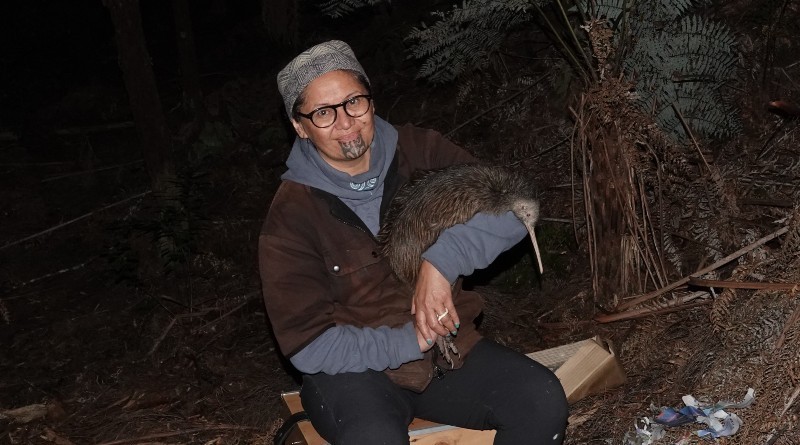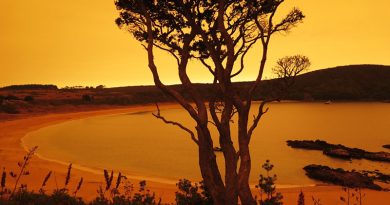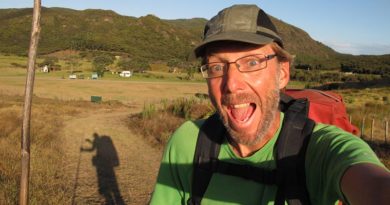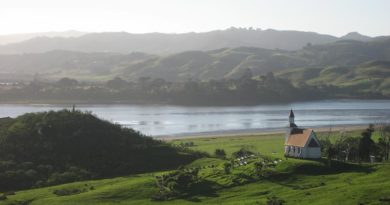The island with too many kiwi
An island in northern New Zealand is grappling with an unusual problem — it has way too many kiwi.
The island’s overpopulation dilemma goes back to the 1980s when native forest near Waitangi, in the Bay of Islands, was being cleared for a pine plantation.
Seven endangered kiwi birds were rescued from the bulldozers’ path and released onto nearby Moturoa Island, where they were safe from chainsaws and introduced predators.
Since then, however, kiwi numbers on the island have soared into the hundreds, and that has put pressure on the limited habitat and food available for the protected birds.
In an attempt to ease that population boom — and lift kiwi numbers on the mainland at the same time — 21 kiwi were caught on the island and released into Ōpua State Forest,
The operation wouldn’t have been possible even a few years ago but a massive pest control effort in Ōpua Forest, which cloaks the hills behind Paihia, has made the area safe for the flightless, nocturnal birds.
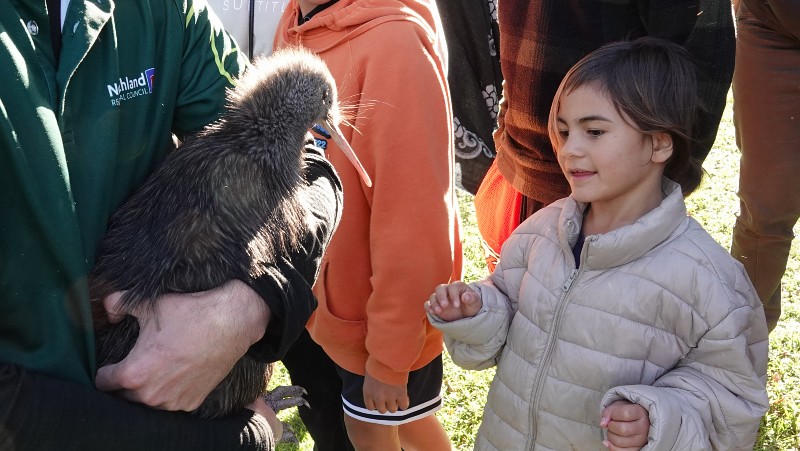
Moturoa is owned by 21 families and has just a handful of permanent residents.
Landowner Karen Asquith said her father, Paul Asquith, retrieved the kiwi from Waitangi Forest when they were under threat from logging 40 years ago.
“We’ve watched them over the years grow in numbers, and I don’t think he ever imagined we might get to this point. They come stomping across the deck of the house and screeching at the window to say hello. They even pop out during the day,” she said.
“We’ve spent 40-years-plus making sure that they’ve got a good habitat, we’ve set aside large tracts of marginal farmland, we’ve planted 60,000 native trees, and we’ve dammed streams to create the right environment for them to thrive. And they certainly seem be thriving, which is wonderful. We’re very proud to give these back to the iwi now and see them go home.”
| Glossary
Aotearoa = Māori name for New Zealand |
Asquith said there was “great debate” about how many were on the island, with estimates ranging from 100 to 300. More would be known after a kiwi census due to be held in July.
The operation to catch the kiwi started at 8pm with the birds so abundant the quota was reached by 11pm.
They checked and weighed by vets, fed, and placed in individual kiwi boxes in preparation for the journey to their new home.
Rough seas meant the original plan of taking them directly to the jetty at Waitangi had to be abandoned, with the birds instead taken to the more sheltered Windsor Landing in Kerikeri Inlet, and from there by road to Waitangi.
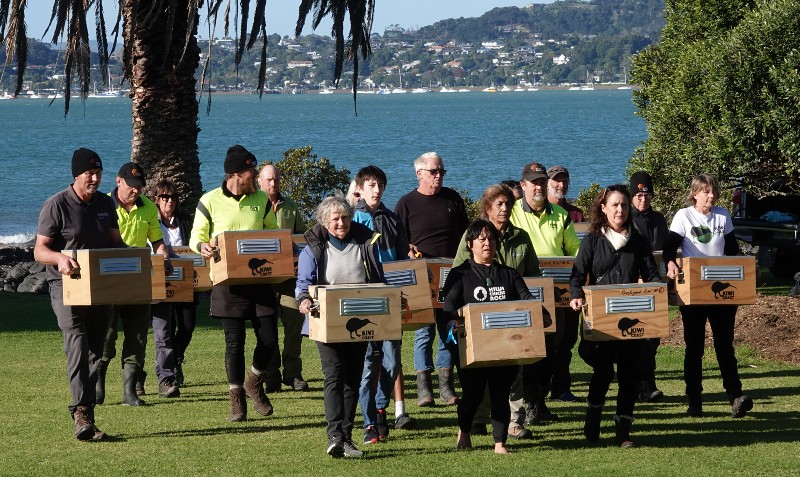
The gifting and receiving of the feathered taonga was conducted by Bay of Islands hapū Ngāti Kawa, Ngāti Rahiri and Ngāti Torehina, led by Te Tii Marae chairman Ngāti Kawa Taituha.
They were then taken to five sites across the 2000-hectare Ōpua State Forest, from Kaipatiki in the north to Oromahoe Road in the south, and released into pre-prepared burrows at dusk.
The translocation was possible because community conservation group Bay Bush Action has spent the past 12 years trapping pests such as stoats, possums, rats and feral cats.
Bay Bush Action founder Craig Salmon said Friday night’s release was the culmination of years of hard work, done in the hope of one day being able to bring back creatures that were once common on the Bay of Islands mainland.
He described the kiwi as “an incredible gift”.
“We will absolutely cherish these kiwi as much as we can. This is a very hopeful moment for the future of animals in Aotearoa.”
Salmon called on all those present at the release to spread the word that kiwi were back in numbers in the Bay of Islands bush, and that their habitat had to be respected.
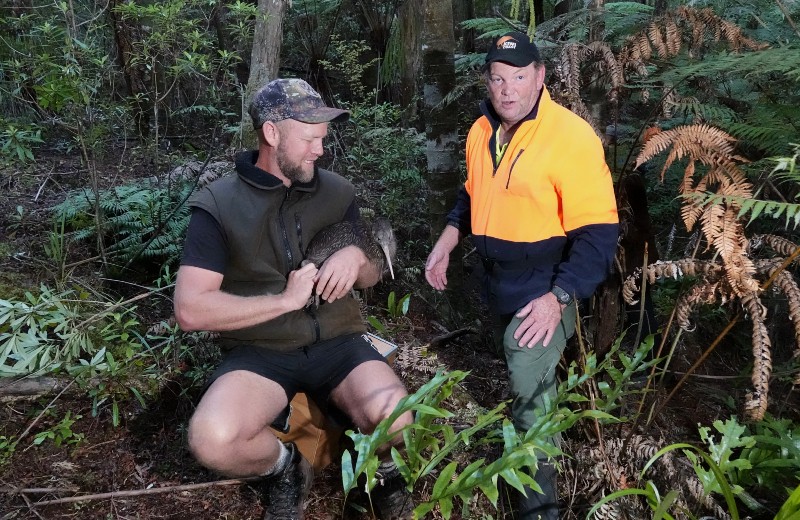
The group’s other founder, Brad Windust, said the 21 extra birds would boost the genetic diversity of the forest’s existing kiwi population.
They would also be “great for the forest” because of the important role kiwi played in the forest ecosystem.
The group’s project suffered a major setback last winter when roaming dogs killed at least six kiwi near Paihia.
Windust said that had spurred community members to donate a number of state-of-the-art AI-technology cameras, which could detect roaming dogs and instantly send out an alert.
The group took the dog threat very seriously, he said.
“We’re not going to get caught out like that again.”
Windust was among those given the chance to release a kiwi into its new home.
“It was amazing. I felt quite emotional holding it. He was named after a maunga here, Te Puke. He was nice and warm, he was beautiful. I felt very privileged,” he said.
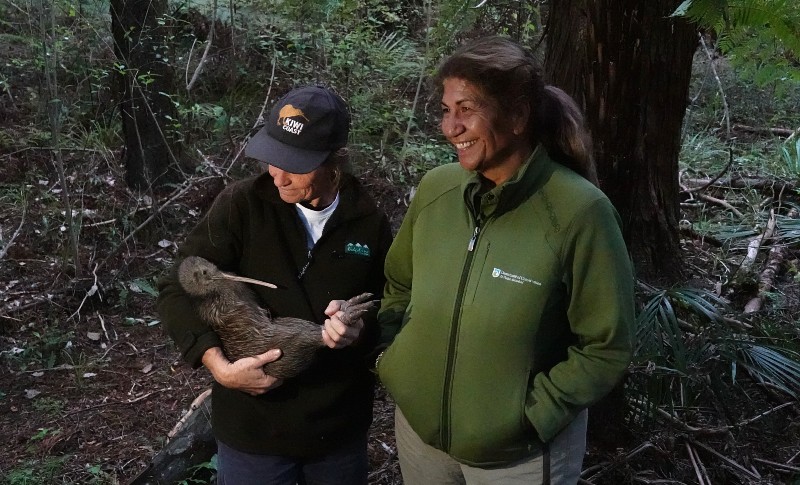
The operation involved the cooperation of local hapū, island landowners, the Northland Regional Council, the Department of Conservation, and community conservation groups Kiwi Coast, Bay Bush Action, and Backyard Kiwi.
Kiwi Coast Mid North coordinator Andrew Mentor said 40 years of successful breeding on the island meant it was necessary to move some of the kiwi to a new location.
He believed Ōpua State Forest had about 40 kiwi prior to the release, so the release had boosted their population by about 50 percent.
Mentor said he was confident the kiwi would be safe in their new home.
He said Bay Bush Action had worked hard on the dog problem since last year’s kiwi deaths, and the group’s strong network of traps was keeping predator numbers low.
“It’s been great to have this problem of too many kiwi on the island, and the time has now come to bring some of those kiwi home to where they originally came from,” Mentor said.
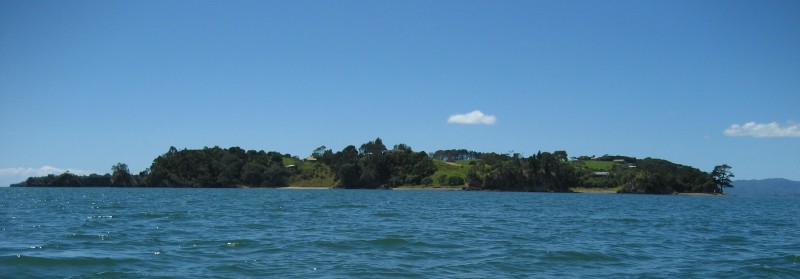
Karen Asquith, whose father originally brought the birds to Moturoa, was also given a chance to release one of the kiwi.
“She was pretty chilled. A nice big healthy female, 2.1kg, with a nice long beak. She just made herself at home pretty much straight away. She tucked in and had a snooze. She’ll go and feed herself later on. She’ll be hungry,” she said.
“I think Dad would be very happy. I think we all are. It’s a great honour to give them back to where they came from.”
This story was originally published by RNZ on 12 May 2024 as A Northland island has a very unusual problem…too many kiwi.
If this has piqued your interest in conservation in Northland, check out Return of the giants, about a project to bring back some of the world’s biggest insects, and Stranded, a first-hand account of a whale stranding.

